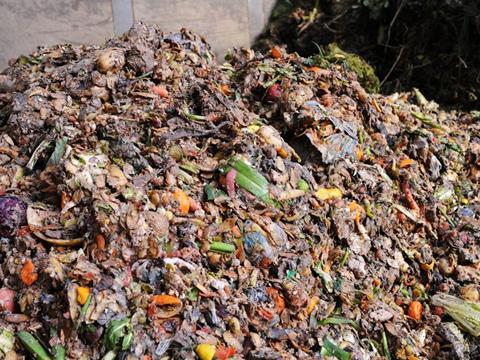
The food industry is set to beat its 2015 Courtauld Commitment targets on food waste, despite efforts having gone into reverse last year.
Wrap today published the second interim report for the third phase of Courtauld, which shows grocery ingredient, products and packaging waste has been slashed by 80,000 tonnes since the 2012 base year.
It puts the industry on course to beat its 2015 target of a 3% reduction in food waste, currently standing at a predicted fall of 3.2%, despite the last interim report in January showing that in the first year of Courtauld 3 waste had grown by 0.1%.
The industry is also well ahead of its target to ensure there is no increase in carbon dioxide emissions from packaging, with the figures showing a fall of 3.9%.
The report was also greeted as a sign that the industry was beginning to take the issue of food redistribution far more seriously.
Although it is not a specific aim of Courtauld, Wrap said today the level of food going to redistribution charities had increased by three quarters on the 2012 baseline, currently standing at around 20,000 tonnes.
“I’m delighted with the progress towards targets in the first two years of the Courtauld Commitment Phase 3,” said Wrap’s director of sustainable food systems Dr Richard Swannell.
“What makes Courtauld so effective is the sector-wide approach to tackling the most impactful areas. Not just thinking about what will help your business, but what will make a more environmentally and economically effective supply chain.”
The government’s resource minister Rory Stewart said: “From farm to fork we all have a responsibility to waste less food. These latest figures reflect a lot of hard work from across the food and packaging supply chain and I want to congratulate the whole sector for coming together to cut waste, reduce packaging and increase food redistribution.”
Many experts had been predicting the industry would struggle to hit the 2015 target of a 3% and the figures are a major boost for Wrap which is planning to launch an ambitious new version of Courtauld next year.
The new agreement, to be named Courtauld 2025, will tear up the format of the nine year old initiative, with targets for specific stages of the food cycle to cut household food waste, supply chain waste and waste from packaging replaced by the new system which will instead be based on the full life cycle impact of products.
It will also put a much stronger emphasis on the battle to prevent food waste amid the looming threat of food shortages and resource scarcity caused by global population growth.
A final report on household waste targets within Courtauld 3 will be made next year.
Meanwhile the BRC also released a report today claiming the amount of waste which occurred in supermarkets in 2014 had fallen by 10%.
The data which has been independently collated by Wrap covers Asda, the Co-operative Food, M&S, Morrisons, Sainsbury’s, Tesco and Waitrose.
“While we welcome the fact that retail food waste levels are falling, it is nevertheless important to continue to focus attention and efforts on where the biggest reductions in food waste can be made and that is in the supply chain and at home,” said BRC director of food & sustainability Andrew Opie.
“As an industry, we have a huge contribution to make and we will continue our work with suppliers and customers to build on the progress we have already achieved.”
MPs and food waste campaigners have called for supermarkets to follow Tesco’s lead in releasing its individual food waste figures, rather than under the BRC umbrella.



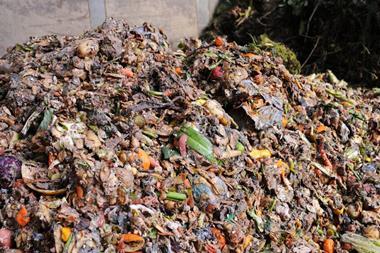

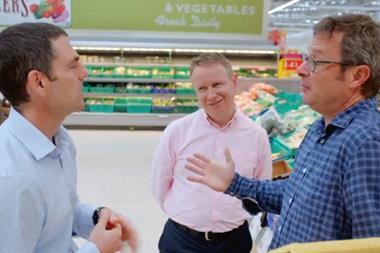
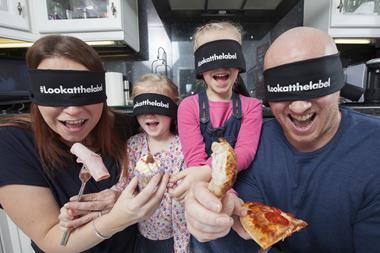
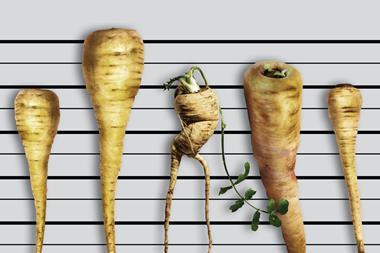
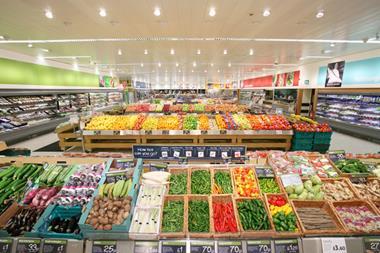



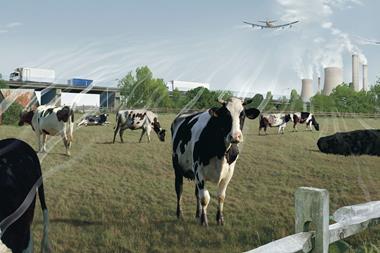
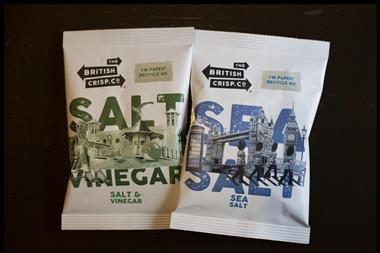
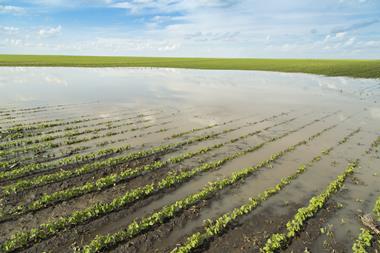
No comments yet